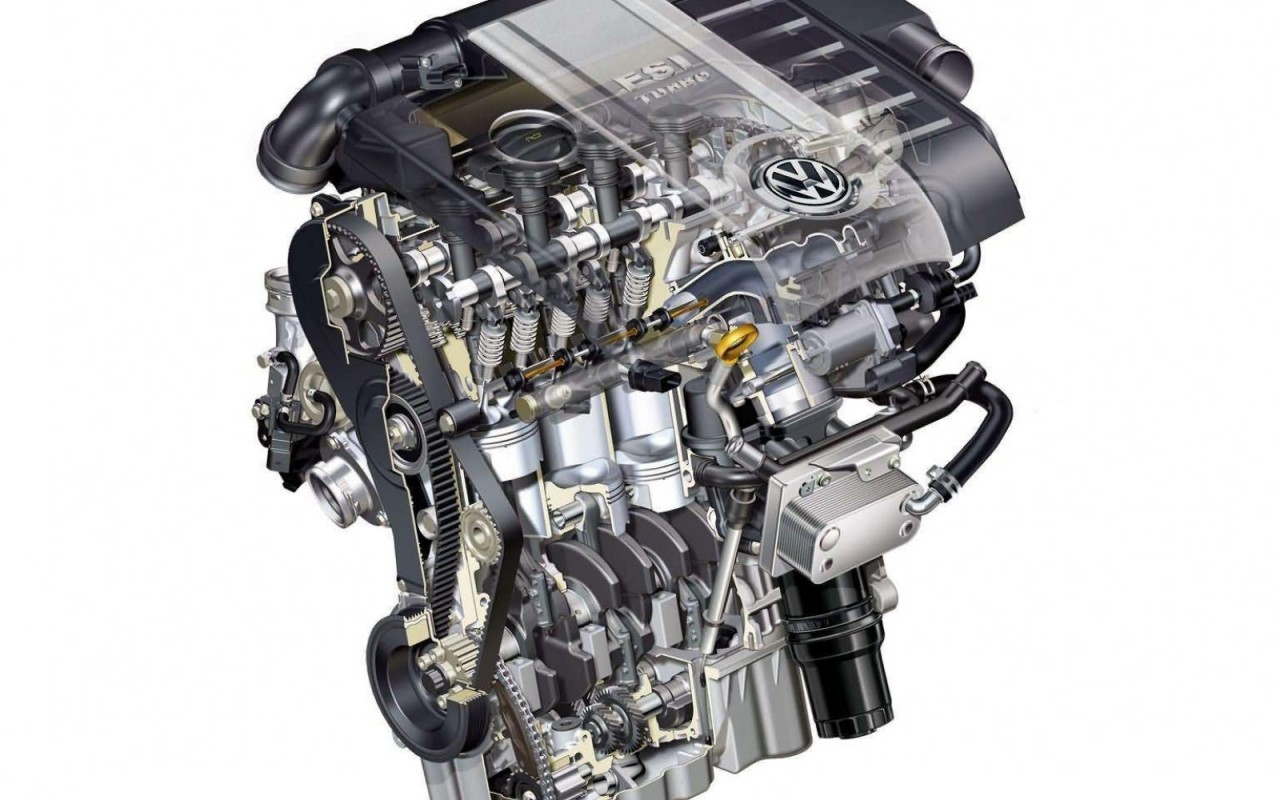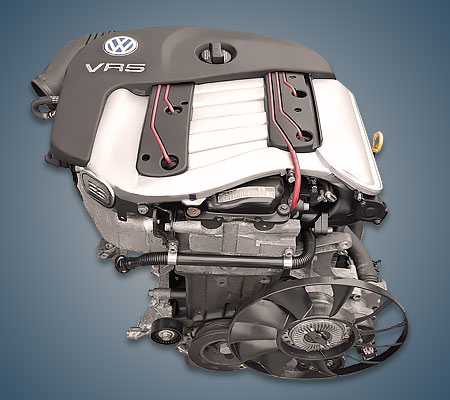
1.6 FSi and 1.6 MPi engine in Volkswagen Golf V - comparison of units and characteristics
Content
- FSi vs MPi - what are the characteristics of both technologies?
- The 1.6 FSi and MPi engines belong to the R4 family.
- VW Golf V with 1.6 FSi engine - specifications and operation
- Specifications 1.6 FSI
- VW Golf V with 1.6 MPi engine - specifications and operation
- Specifications 1.6 MPi
- Drive unit failure rate
- Fsi or MPi?
The car has a modern design. It does not differ from the image of modern cars. In addition, they can be purchased at an attractive price, and there is no shortage of well-groomed models on the secondary market. One of the most requested engines is the 1.6 FSi engine and MPi type. It's worth checking how they differ so you know what to choose. Learn from us!
FSi vs MPi - what are the characteristics of both technologies?
The name FSi refers to the stratified fuel injection technology. This is due to the fact that it is directly related to diesel fuel. High pressure fuel is supplied directly to the combustion chamber of each cylinder through a common high pressure fuel rail.
In turn, the work of MPi is based on the fact that the power unit has a multi-point injection for each of the cylinders. The injectors are located next to the intake valve. Through it, fuel is supplied to the cylinder. Due to the high temperature at the intake valves, the stroke of the piston causes air to swirl, which leads to an increase in the time for the formation of an air-fuel mixture. The injection pressure in MPi is lower.
The 1.6 FSi and MPi engines belong to the R4 family.
Like all other engines installed in the Volkswagen Golf V, the FSi and MPi versions belong to the group of in-line four-cylinder internal combustion engines.
This simple scheme provides full balancing and is most often used in economy class power units. The exception is the 3.2 R32, created according to the original VW project - VR6.
VW Golf V with 1.6 FSi engine - specifications and operation
A car with this power unit was produced from 2003 to 2008. The hatchback could be purchased in a 3-5-door version with 5 seats in each body. It has a 115 hp unit. with a maximum torque of 155 Nm at 4000 rpm.
The car developed a maximum speed of 192 km / h and accelerated to hundreds in 10.8 s. Fuel consumption was 8.5 l/100 km city, 5.3 l/100 km highway and 6.4 l/100 km combined. The volume of the fuel tank was 55 liters.
Specifications 1.6 FSI
The engine was located transversely in front of the car. It has also received marketing names such as BAG, BLF and BLP. Its working volume was 1598 cc. It had four cylinders with one piston in an in-line arrangement. Their diameter was 76,5 mm with a piston stroke of 86,9 mm.
The naturally aspirated engine uses direct injection technology. A DOHC valve arrangement was chosen. The capacity of the coolant reservoir was 5,6 liters, oil 3,5 liters - it should be changed every 20-10 km. km. or once a year and must have a viscosity grade of 40W-XNUMXW.
VW Golf V with 1.6 MPi engine - specifications and operation
Production of a car with this engine also ended in 2008. It was also a car with 3-5 doors and 5 seats. The car accelerated to 100 km / h in 11,4 seconds, and the maximum speed was 184 km / h. Fuel consumption was 9,9 l/100 km city, 5,6 l/100 km highway and 7,2 l/100 km combined.
Specifications 1.6 MPi
The engine was located transversely in front of the car. The engine has also been referred to as BGU, BSE and BSF. The total working volume was 1595 cc. The design of the model consisted of four cylinders with one piston per cylinder, also in an in-line arrangement. The engine bore was 81 mm and the piston stroke was 77,4 mm. The gasoline unit produced 102 hp. at 5600 rpm. and 148 Nm at 3800 rpm.
The designers decided to use a Multi-point indirect injection system, i.e. multipoint indirect injection. The valves of the naturally aspirated unit were located in the OHC system. The capacity of the cooling tank was 8 liters, oil 4,5 liters. The recommended oil types were 0W-30, 0W-40, and 5W-30, and a specific oil needed to be changed every 20 miles. km.
Drive unit failure rate
In the case of the FSi, one of the most common problems was a worn timing chain that had stretched. When it failed, it could damage pistons and valves, necessitating an overhaul of the engine.
Users also complained about soot that accumulated on intake ports and valves. This resulted in a gradual loss of engine power and uneven engine idling.
The MPi is not considered a failsafe drive. Regular maintenance shouldn't cause major problems. The only thing you need to follow is the sequential replacement of oil, filters and timing, as well as cleaning the throttle or EGR valve. The ignition coils are considered the most faulty element.
Fsi or MPi?
The first version will provide better performance and will also be more economical. MPi, on the other hand, has a lower failure rate, but higher fuel consumption and worse overclocking parameters. It is worth keeping this in mind when choosing a car for city or long-distance trips.

One comment
Ivo
Both models are worthless